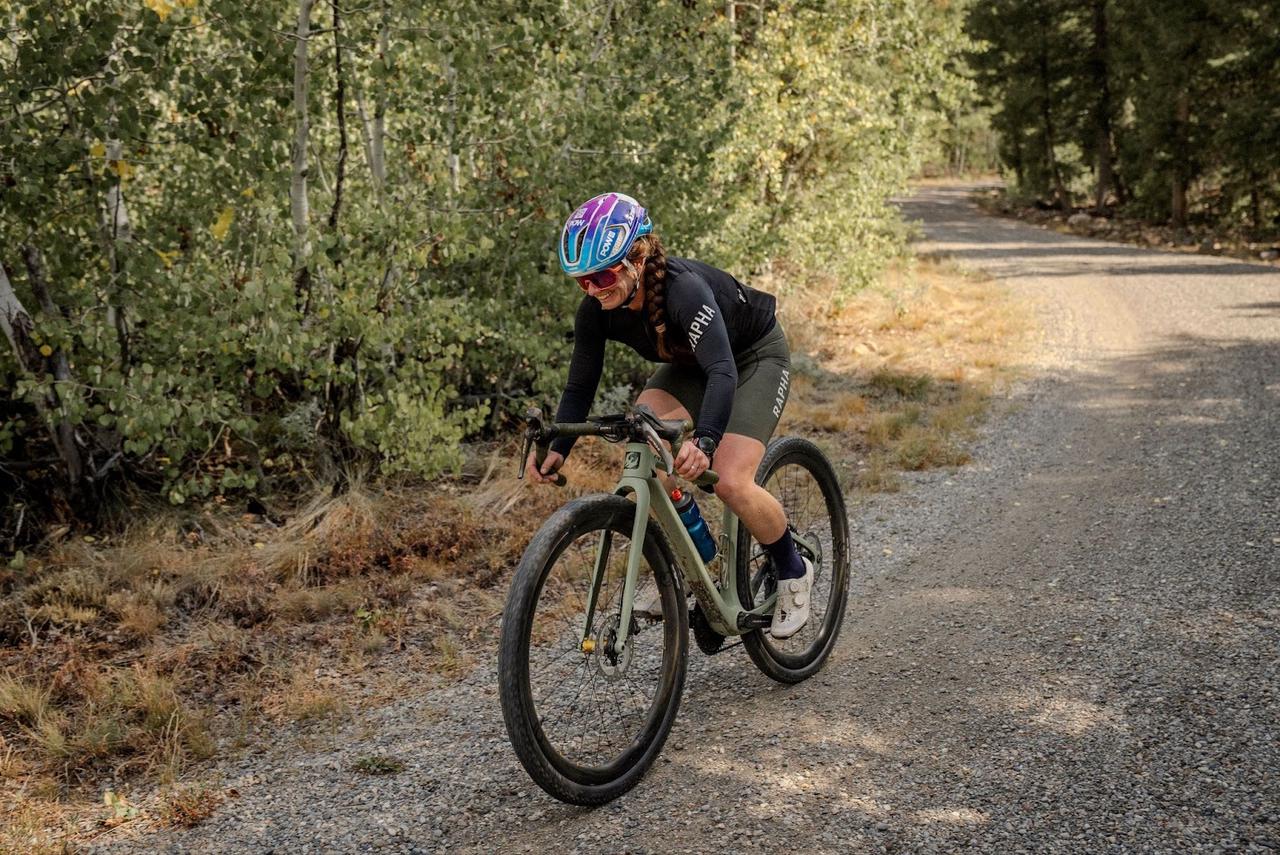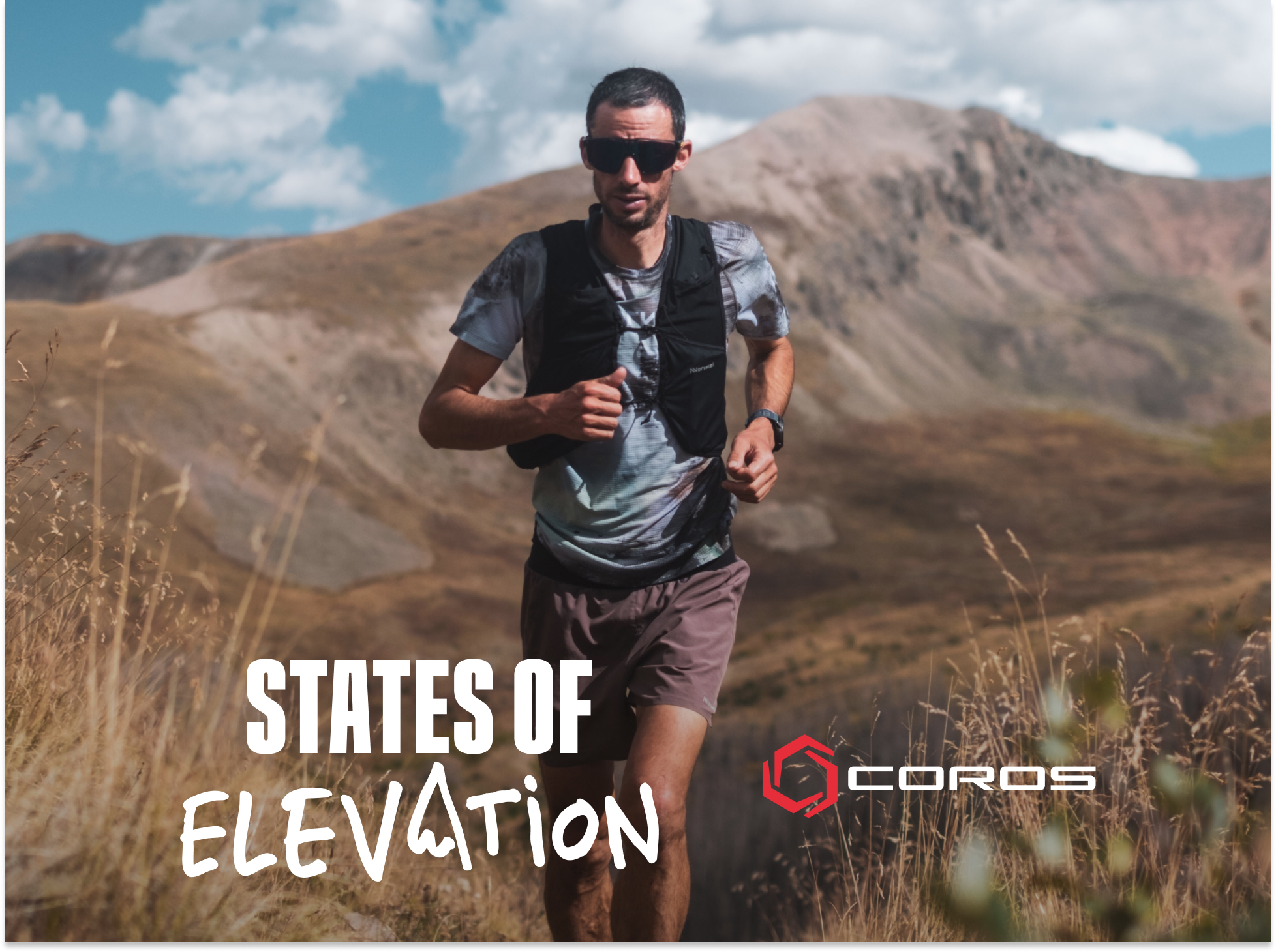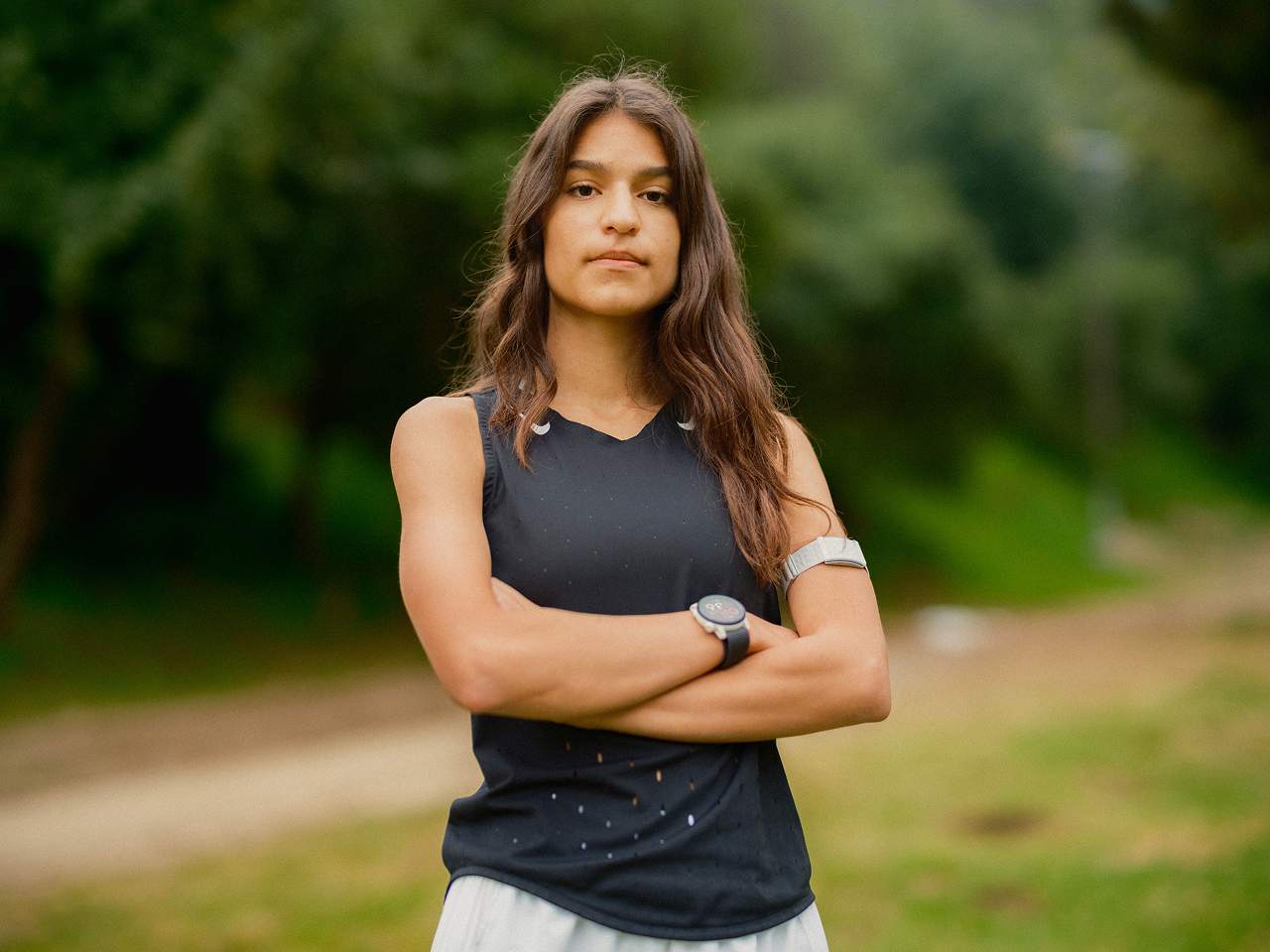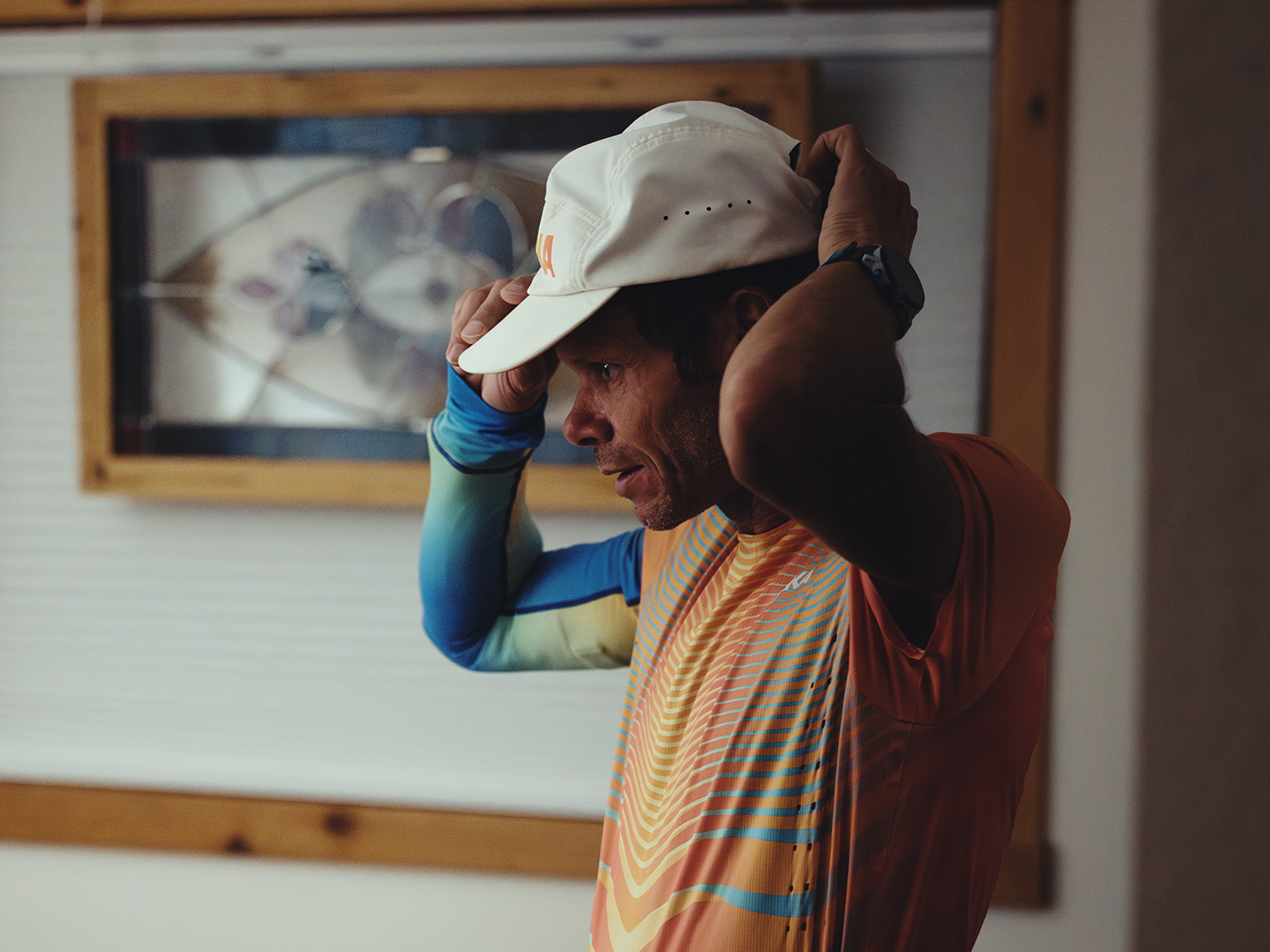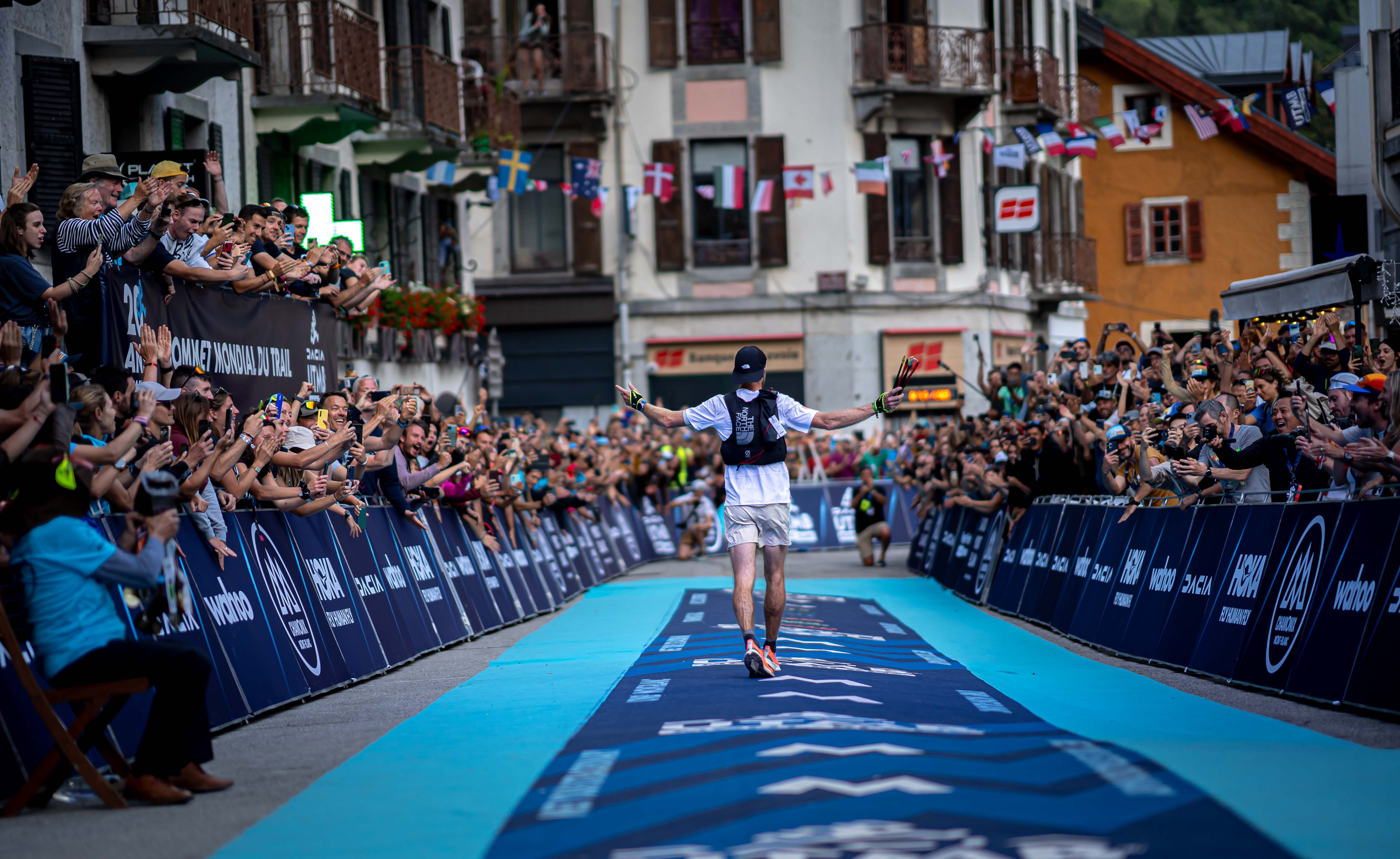Before the gun fired, Emry Schwalm wasn’t focused on the clock. She was focused on racing hard, proving she belonged, and trusting her preparation. Representing Peak Elite in Colorado, Emry entered Nike Indoor Nationals 2025 with quiet confidence and a season of smart, consistent training behind her.
After cutting 40 seconds from her previous outdoor best (10:59), Emry’s 10:18 wasn’t just a stroke of luck—it was the result of layered preparation, precise pacing, and the belief that she could perform on the national stage.
As Emry put it:
“This race was the moment I realized what it truly meant to have faith. I had to believe in myself and my training. Belief that I was put there for a reason.”
Trusting the Process
From the start of the season, the goal wasn’t simply to chase fast times. It was to race smart, build strength, and be a threat in the final 600 meters. Emry’s training combines aerobic development, speed sharpening, and race simulations.
Key sessions leading into Nationals included:
- 3 x 1600m at Threshold Pace (1-minute jog recovery)
- Focus: Rhythm and fatigue resistance
- 5 x 800m at 2-Mile Pace (75 seconds recovery)
- Focus: Handling race-pace fatigue and surges
- “Killer K” (1000m at goal pace → 600m faster → 300m closing kick)
- Focus: Practicing the mental and physical gear shifts needed to close hard
Each workout was tracked using COROS, allowing Emry and her coach to monitor her heart rate drift, fatigue patterns, and recovery trends. Her data consistently showed improved efficiency and faster recovery over the course of the season—a strong sign of building aerobic durability.
The Race: Steady Execution
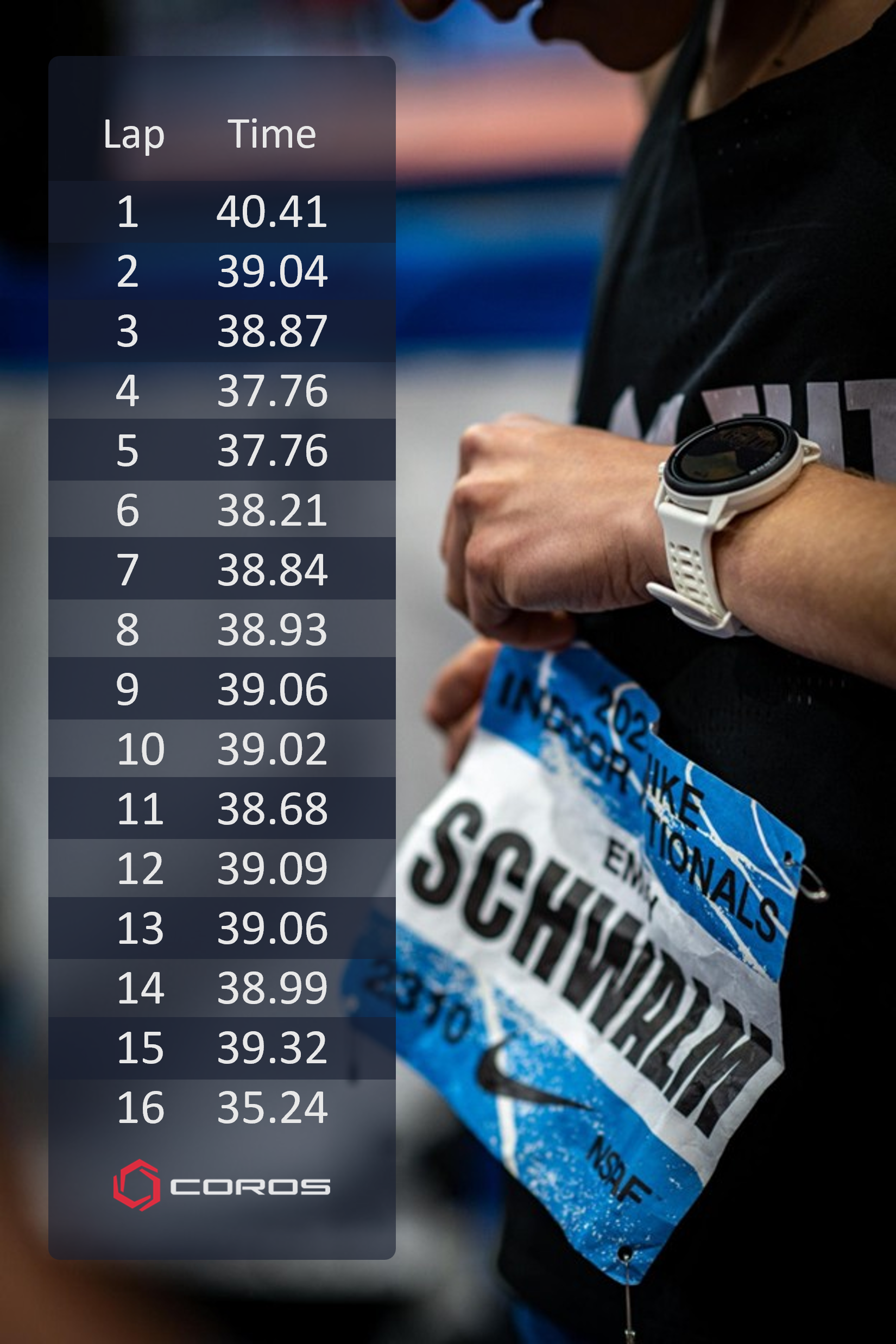
Emry’s 2-mile splits told a clear story: calm, controlled pacing with the ability to close hard. She averaged 38–39 seconds per 200m, with only minor fluctuations mid-race as the pace shifted. Her final 200m lap of 35.2 seconds highlighted her preparation to shift gears late—one of the hallmarks of high-level racing.
A pacing variance of just 1.13 seconds underscored her consistency: no panicked surges, no major slowdowns. Instead, it was an even-split effort that positioned her to move up over the final laps, securing 6th place and an All-American title, finishing as the US #10 in the indoor 2-mile rankings.
Beyond the Clock
Emry’s 10:18 was not just a personal best—it was a breakthrough in confidence, race execution, and mental toughness. Her training wasn't built around chasing splits—it was built around building a complete competitor, capable of racing smart when it mattered most.
Using COROS tools like Training Status and Recovery Tracking, Emry’s team could measure and guide her readiness week to week. Data didn’t drive the belief, but it validated the hard work being done.
Faith in Every Step
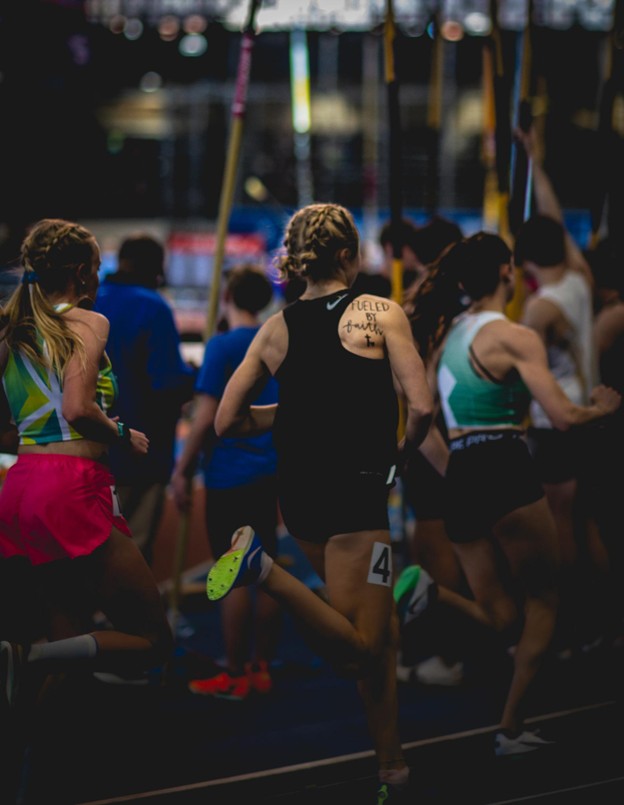
In Emry’s words, faith wasn’t just hope—it was backed by months of structured work, patient building, and data-driven checkpoints along the way. With each step, she trusted the training, trusted the plan, and trusted herself.
Her race showed what happens when preparation meets belief: a poised, powerful performance that went beyond numbers on a clock.
This article was developed in collaboration with Andrew Simmons, Head Coach at Peak Performance Running. Andrew offers remote coaching and consultation for athletes of all levels, blending individualized training with data-driven insights. To learn more or to get in touch, visit peakperformrun.com. You can also read more of his writing and coaching insights at coachsimmonsruns.substack.com.

/filters:quality(90)/fit-in/970x750/coros-web-faq/upload/images/aae185960633bfed43ba29eaac419fce.jpg)
